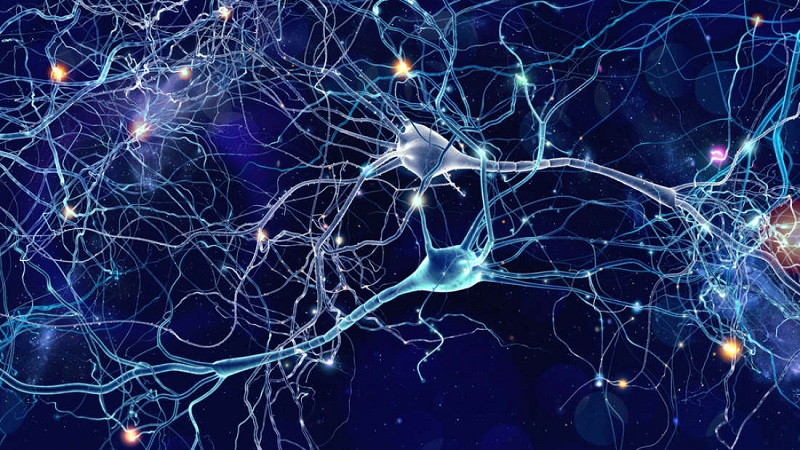Neuroscientists have discovered a new signal in the brain that may be the reason why we are human. In the latest research published in Science, scientists found that individual cells in the human brain transmit different signals.
In the first place, you should know that human brains are just like computers. They function using a system of connected brain cells (neurons), that transfer information. Of course, neurons are using chemical and electric signals called action potentials to do it.
But researchers have made a shocking discovery. It seems that certain cells in the human cortex transmit signals in a way not identified in rodent cells. This process might help us improve programs based on our unique brains.
Human neurons: powerful computational devices
“Human neurons may be more powerful computational devices than previously thought,” said Matthew Larkum. Mister Larkum is the study corresponding author at Humboldt University of Berlin.
So the neuroscientists looked at slices of brains from patients who had epilepsy or tumors. They studied the dendrites, allowing information to be exchanged in the second and third layers of the brain’s cortex.
Are you wondering why did the researchers choose patients who suffered from epilepsy or tumors? Well, patients were selected due to epilepsy surgeries providing enough cortex tissue to analyze.
Electrical events are called “action potentials”

Not to mention, the synapse is a structure that lets electric nerve impulses to be exchanged between two neurons. Neurons communicate via electrical events called “action potentials”. Many of synaptic inputs to a neuron decides whether an action potential results.
The active electrical properties of these dendrites determine many variations. From synaptic input to action potential, they are the only key to a neuron’s computational power.
The team used a patch-clamp to create an electrical circuit for the cells. The researchers went further and discovered a fluorescing imaging technique to investigate their properties. They discovered unknown classes of action potentials in the dendrites of these neurons.
Equally important, the scientists suggested that one of the latest action potentials traveled using only calcium ions. Calcium ions replace calcium and sodium ions, something not noticed before in mammal cortex cells.
But the neuroscientists took their experiment further. First of all, they studied the behavior of these “calcium-mediated dendritic action potentials.” After that, they reshaped them in a computer simulation.
An artificial neural network that incorporates these action potentials
In addition, researchers could perform a computational function that they thought would demand a network of neurons. They suggested an artificial neural network that could incorporate these action potentials to facilitate calculations.
Unfortunately, studies like these have many limitations. The neuroscientists couldn’t model the entire neuron, so the work was carried out only in human cells. Maybe other mammals fire these action potentials, but they’re not clear in tissue samples in the laboratory.
Given these points, the study has been updated with some comments from Michael Häusser, a professor of neuroscience at University College London who studies neuronal computation.
“This is an exciting study that explores a frontier in our understanding of neuronal function: the properties of human dendrites. Dendrites make up 95% of the surface area of pyramidal cells in the cortex. But they have remained an unexplored territory in the human brain.”











































